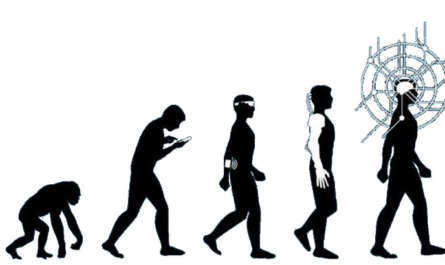In recent times, ChatGPT has emerged as a groundbreaking development in the realm of artificial intelligence (AI). This article explores the various facets of ChatGPT, from its fundamental mechanisms to its broad spectrum of applications, shedding light on why it has become a focal point of both excitement and scrutiny within the tech community and beyond.
What is ChatGPT?
ChatGPT is an advanced AI language model developed by OpenAI, based on the GPT (Generative Pre-trained Transformer) architecture. It is designed to understand and generate human-like text based on the input it receives, making it capable of holding conversations, answering queries, and providing information like a human would.
Core Features and Capabilities
The model’s capabilities extend beyond mere text generation. ChatGPT can comprehend context, make inferences, and even exhibit a certain level of reasoning. This makes it an invaluable tool in numerous fields such as customer service, content creation, and education, where it can automate responses and interact in real-time with users.
How ChatGPT Works
At its core, ChatGPT works by processing input text through a series of layers in a neural network, each of which transforms the input incrementally. As a result, the model can predict and generate sequences of words that are contextually and grammatically coherent. The training process involves large datasets that teach the model various language patterns and nuances.
Training and Development
The development of ChatGPT involves training on a diverse range of internet text. However, it is not just the quantity of data that matters but also the quality. OpenAI has implemented various strategies to ensure that ChatGPT not only learns factual and useful content but also understands the ethical implications of the responses it generates.
Applications of ChatGPT
ChatGPT has found applications in several domains, showcasing its versatility and adaptability. In education, it assists in creating learning materials and tutoring students. In business, it powers customer support chatbots and aids in generating dynamic content for marketing. Furthermore, it serves as a tool for programmers by providing coding assistance and documentation.
Impact on Industries
The impact of ChatGPT on various industries has been profound. It has revolutionized customer service by enabling 24/7 support systems without human intervention. In content creation, it helps generate written content quickly, potentially increasing productivity and lowering costs. Moreover, its role in education as a tutor and study aid offers significant potential to enhance learning experiences.
Challenges and Ethical Considerations
Despite its benefits, ChatGPT faces challenges, particularly in terms of managing biases and ensuring privacy. The model can inadvertently learn and perpetuate biases present in the training data, leading to ethical concerns about fairness and representation. Moreover, ensuring that the interactions remain private and data is not misused is another critical challenge that needs constant attention.
Future Developments
Looking forward, the development of ChatGPT and similar models is expected to focus on enhancing accuracy, reducing biases, and improving ethical standards. This involves not only technical improvements but also forming guidelines and regulations that govern the use of such technology.
Conclusion
ChatGPT represents a significant leap forward in the field of AI, providing tools that can mimic human-like interactions in text form. As we continue to explore its possibilities and limitations, ChatGPT stands as a testament to the rapid advancements in AI and its increasing role in shaping our digital and real-world experiences. The ongoing buzz around ChatGPT is well justified as it pushes the boundaries of what AI can achieve, making it a key player in the technological revolution reshaping our lives.

